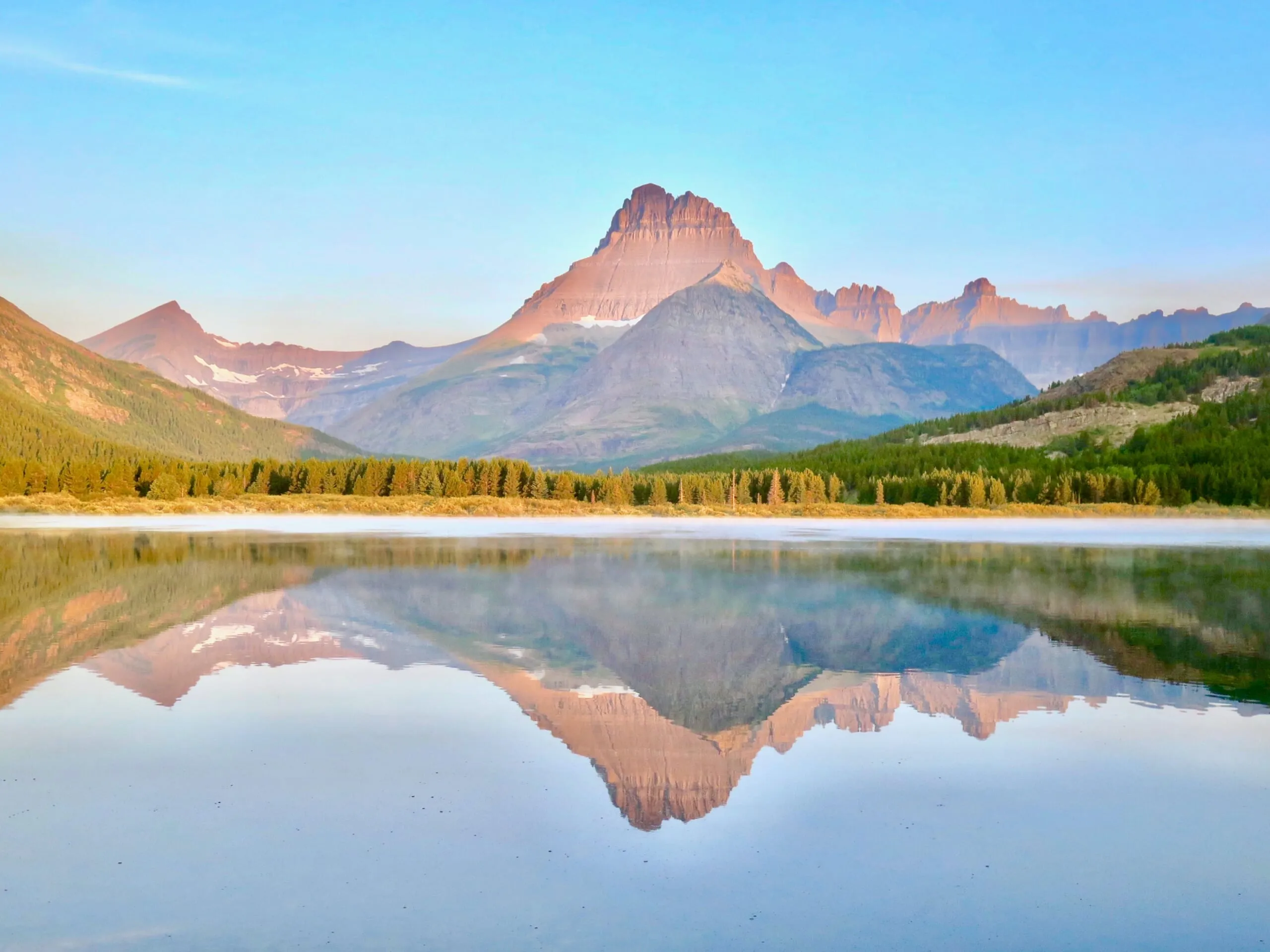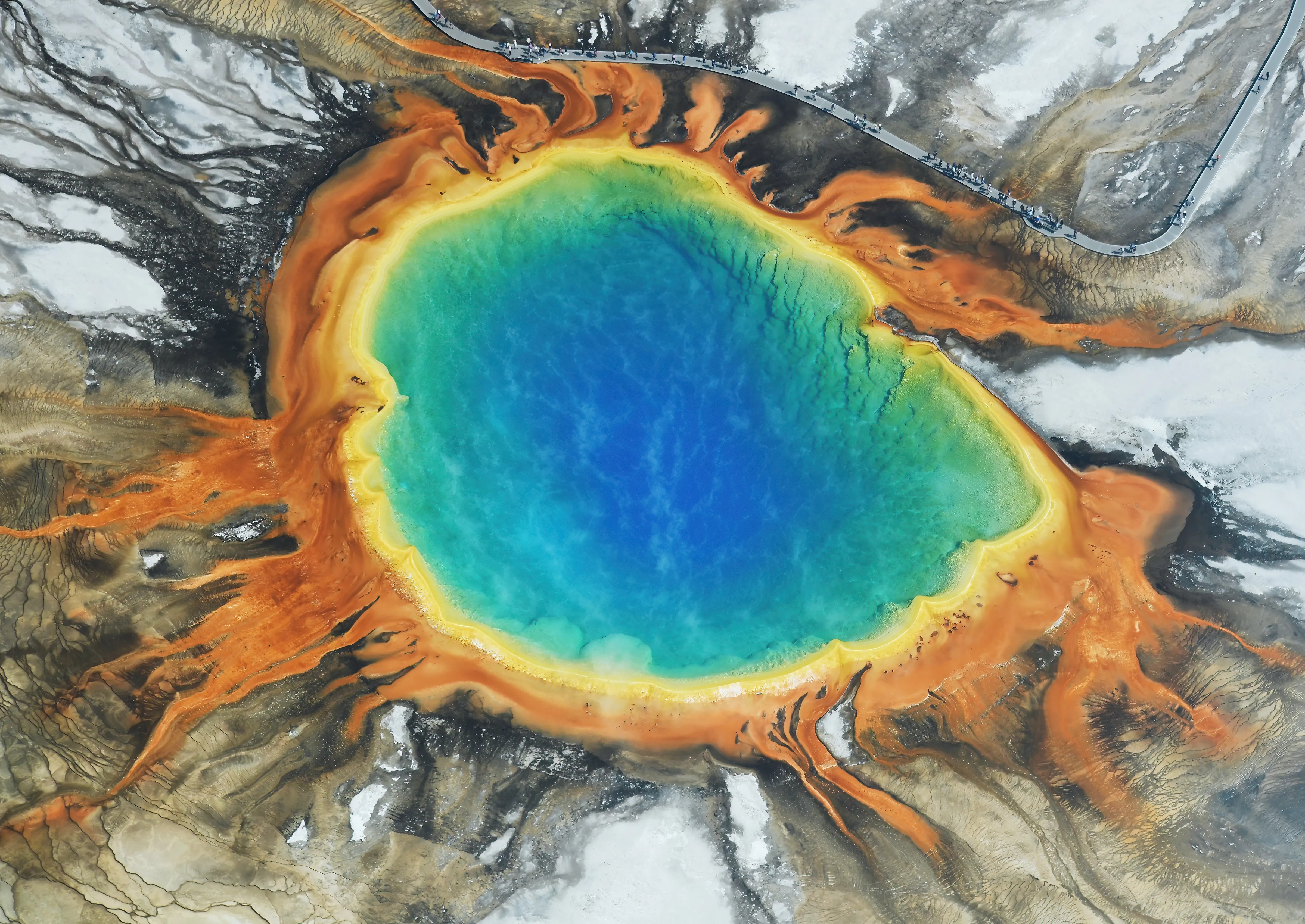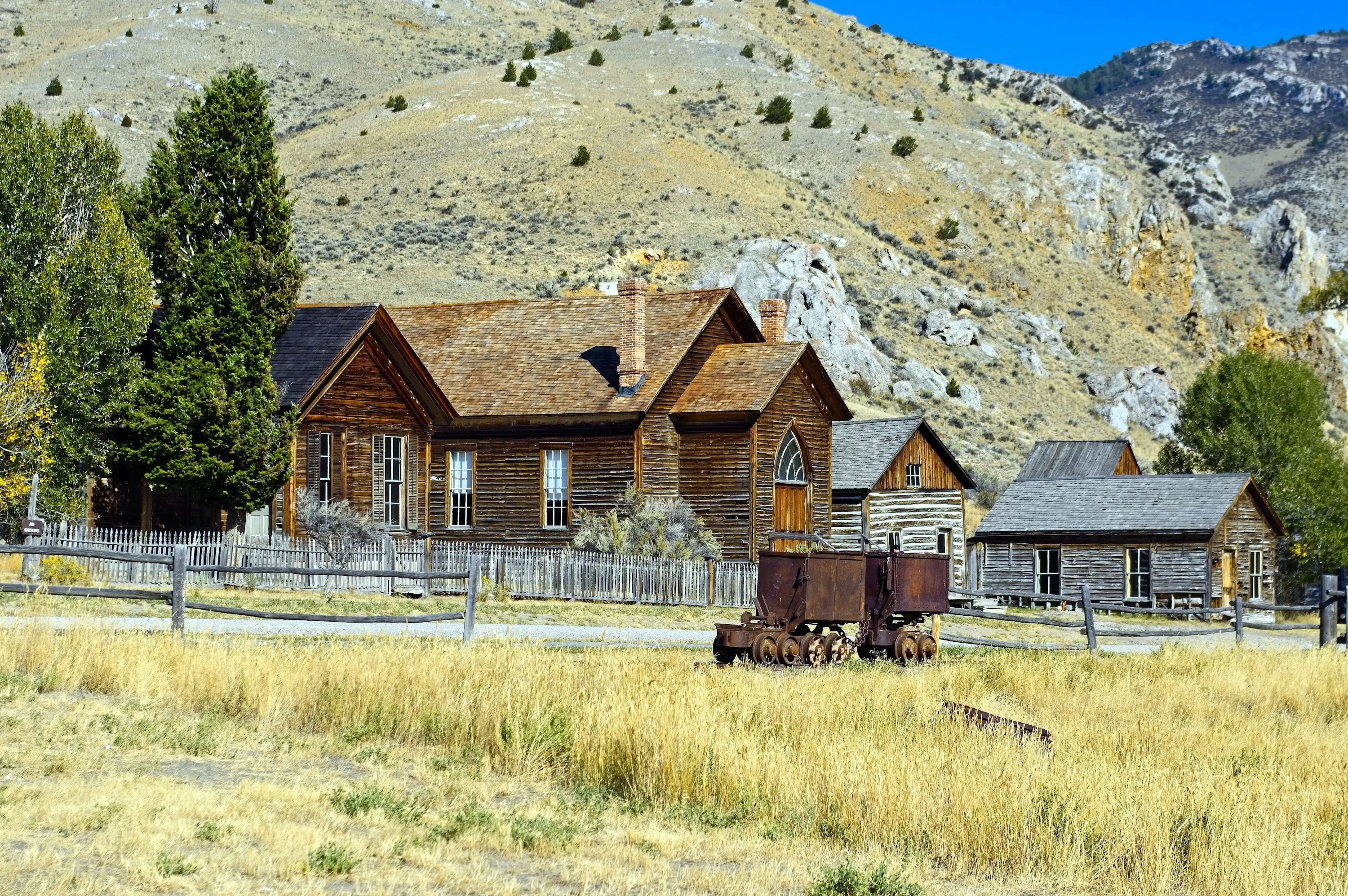Montana, nicknamed “Big Sky Country,” is renowned not only for its magnificent natural landscapes but also as a paradise for wildlife enthusiasts. From bison herds roaming the vast prairies to majestic grizzly bears in deep forests, Montana offers countless opportunities to immerse yourself in the wonders of the natural world. If you’re seeking unforgettable wildlife viewing experiences, join “Du lịch khắp thế gian” to explore the best areas in Montana.
Montana boasts a diverse and rich ecosystem, home to over 100 species of mammals, hundreds of bird species, and countless fish species. With its vast area and sparse population, much of Montana’s territory retains its pristine wilderness, creating ideal conditions for wildlife to thrive. From the spectacular Glacier National Park to the legendary Yellowstone National Park, from vast national forests to peaceful wildlife refuges, Montana offers endless choices for those wishing to explore the wild natural world.
Glacier National Park – Crown of the Continent
Glacier National Park, known as the “Crown of the Continent,” is one of the most beautiful national parks in the United States and a must-visit destination for nature and wildlife lovers. With over 700 miles of hiking trails, pristine turquoise lakes, and year-round snow-capped peaks, Glacier presents a magnificent and diverse natural tapestry.

In Glacier, you have the chance to observe many rare wildlife species, including grizzly bears, black bears, mountain goats, bighorn sheep, moose, Canadian lynx, and wolves. The Logan Pass area, located on the famous Going-to-the-Sun Road, is one of the best places to spot mountain goats and bighorn sheep. Bring binoculars and patiently wait; you might capture memorable moments as they move across the rocky slopes.
Lake McDonald, the largest lake in the park, is home to many waterfowl and fish species. In the summer, you can rent kayaks or canoes to explore the lake and observe birds such as bald eagles, ospreys, and ducks. The Many Glacier area in the eastern part of the park is also famous for its stunning scenery and wildlife viewing opportunities, especially bears and moose.
To increase your chances of wildlife viewing in Glacier National Park, plan your visit in the early morning or late afternoon when animals are most active. Walk slowly and quietly, pay attention to your surroundings, and look for signs of animals such as tracks, droppings, or calls. Always maintain a safe distance from animals and do not feed them to ensure the safety of both you and the wildlife.
Yellowstone National Park – Geothermal Wonders and Wildlife
A portion of Yellowstone National Park, the world’s first national park, lies within Montana, offering unique and unforgettable wildlife viewing experiences. Yellowstone is famous for its geothermal wonders like Old Faithful geyser and Grand Prismatic Spring, but few know that this park is also one of the largest and most diverse wildlife reserves in North America.

Yellowstone is home to nearly 60 mammal species, including bison, elk, deer, grizzly bears, black bears, wolves, lynx, foxes, coyotes, and many others. Lamar Valley, often called “America’s Serengeti,” is one of the best places to observe wolves and bison. In the early morning or late afternoon, you can easily see bison herds grazing peacefully on the prairie, or, if you’re lucky, you might witness a wolf hunt.
Hayden Valley is also a wildlife hotspot where you can observe elk, bears, and various bird species. The Yellowstone River flowing through the park is home to North American river otters and many fish species. Take time to explore different areas of Yellowstone for opportunities to observe a wide variety of wildlife.
Like Glacier, the best times for wildlife viewing in Yellowstone are early morning and late afternoon. Drive slowly on park roads, stop at roadside viewpoints, and use binoculars to search for animals. Joining guided tours led by professional naturalists is also a great way to increase your chances of wildlife viewing and learn more about Yellowstone’s unique ecosystem.
National Bison Range Wildlife Refuge – Kingdom of Bison
Located in northwest Montana, the National Bison Range Wildlife Refuge is one of the oldest refuges in the United States, established in 1908 to conserve American bison. Today, Bison Range is home to approximately 350-500 bison, along with elk, deer, bighorn sheep, pronghorn, and over 200 bird species.

Bison Range offers a unique wildlife viewing experience where you can easily see massive bison herds moving across grassy hills. There are several self-drive routes within the refuge, allowing you to explore different areas and observe wildlife from your vehicle. The Red Sleep Mountain Drive is the longest and most scenic route, taking you to the summit of Red Sleep Mountain, where you can enjoy panoramic views of the refuge and observe wildlife from a distance.
Besides bison, Bison Range is also a great place to observe birds of prey such as golden eagles, red-tailed hawks, and peregrine falcons. In spring and autumn, the refuge becomes even more vibrant with thousands of migratory birds stopping to rest and feed. Bring your camera and binoculars to capture memorable moments at Bison Range.
Flathead National Forest – Wilderness Paradise in Northwest Montana
Flathead National Forest, located in Northwest Montana, is a vast wilderness area with majestic mountain ranges, dense forests, pristine lakes, and rushing rivers. Flathead is a paradise for outdoor enthusiasts and one of the best areas in Montana for wildlife viewing.

Flathead National Forest is home to grizzly bears, black bears, Canadian lynx, wolves, moose, deer, mountain goats, bighorn sheep, and many other wildlife species. The Swan Valley and Mission Mountains Wilderness areas are grizzly bear hotspots. Exercise caution when hiking or camping in these areas and always carry bear spray for protection.
Flathead Lake, the largest natural freshwater lake west of the Mississippi in the contiguous United States, located on the southern edge of Flathead National Forest, is a popular destination for boating, fishing, and waterfowl viewing. The Flathead River flowing through the national forest is ideal for whitewater rafting and trout fishing.
To explore Flathead National Forest and observe wildlife, you can hike hundreds of miles of trails, camp in the forest, boat on lakes or rivers, or join guided horseback riding tours. Prepare thoroughly for outdoor activities, bring maps, compass, personal gear, and necessary protective equipment, and always adhere to safety rules when in the wilderness.
Conclusion
Montana is truly an ideal destination for those passionate about wildlife viewing. With vast wilderness areas, ecological diversity, and abundant species, Montana offers unforgettable experiences and cherished memories. Whether you are a professional wildlife observer or just a nature lover wanting to explore the wild world, Montana always has something special for you. Plan your Montana trip today and prepare for exciting and surprising adventures!